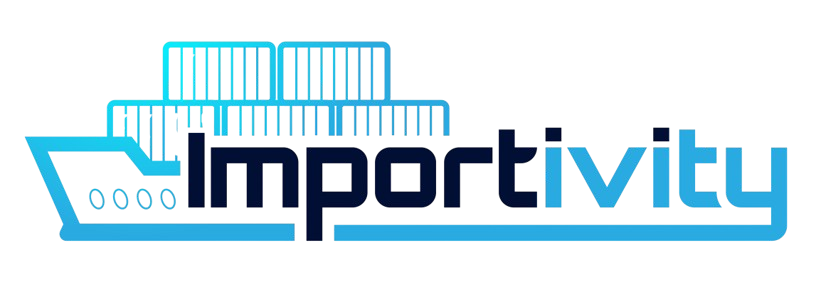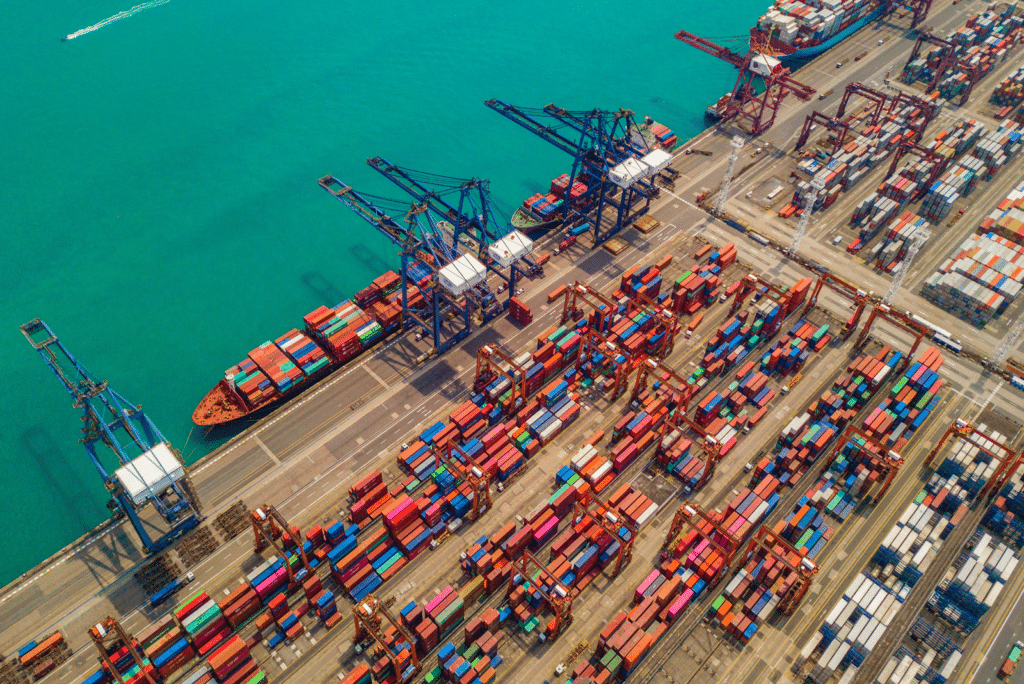The Weight of Tariff Policies on Business
Tariff policies have always been a political talking point. But during Donald Trump’s presidency, they became a front-page reality for business owners. Importers and exporters who once worked with predictable costs suddenly faced unpredictable tariffs on goods ranging from steel to electronics.
Imagine running a small manufacturing business and seeing your material costs rise overnight. That is what many companies experienced. Some adapted quickly with creative sourcing. Others struggled, forced to either absorb higher costs or pass them to customers.
The good news is that companies are learning how to adjust. Businesses today use strategies to manage risks, cut costs, and stay competitive despite these tariff policies.
Understanding Trump’s Tariff Policies
Before we look at solutions, it helps to revisit what made these tariff policies different.
- Targeted countries: China was the main target, but tariffs extended to Europe, Canada, and Mexico.
- Industries hit hardest: Steel, aluminum, technology components, and agricultural goods.
- Ripple effect: Prices went up not only for imported goods but also for American products that relied on those imports.
For example, a company importing machinery parts from China faced a tariff increase of up to 25 percent. That cost raised the final price of the product, creating tension with customers and suppliers.
Table: Common Impacts of Tariff Policies on Businesses
|
Industry |
Challenge Faced |
Business Response |
|
Manufacturing |
Higher material costs for steel and aluminum |
Sourcing from non-tariff countries |
|
Agriculture |
Loss of export markets due to retaliatory tariffs |
Finding buyers in alternative countries |
|
Retail |
Increased prices on imported goods like electronics |
Negotiating better shipping or supplier terms |
|
Small Businesses |
Difficulty absorbing sudden costs |
Partnering with import-export agencies |
How Businesses Are Adapting to Tariff Policies
1. Building Strong Import and Export Partnerships
One of the smartest moves companies made was to partner with agencies that specialize in global trade. These agencies track shifting regulations and negotiate better terms with overseas suppliers.
For instance, Importivity’s import export agency services help small and mid-sized businesses manage tariffs by identifying cost-effective supply routes. Instead of spending months figuring out customs rules, businesses can rely on experts who already know the loopholes and opportunities.
2. Diversifying Supply Chains
Many companies relied heavily on China for components. Tariff policies exposed the danger of putting all eggs in one basket. To respond, businesses expanded their supplier base to Vietnam, India, and even back to North America.
This shift not only lowered exposure to tariffs but also reduced risk if one country faced political or economic instability.
3. Negotiating Smarter Contracts
Tariffs changed the way contracts are written. Buyers and sellers now include tariff clauses that define who carries the burden if rates change. This clarity prevents disputes and protects long-term relationships.
Companies also renegotiated pricing with suppliers, asking for discounts to balance increased tariff costs.
4. Passing Costs Selectively
While no business wants to raise prices, some had no choice. The key was being selective. Instead of across-the-board hikes, companies passed costs only where customers had fewer alternatives. This approach helped protect brand loyalty while keeping margins healthy.
5. Exploring New Markets
Tariff policies closed some doors but opened others. American farmers who lost access to China looked toward markets in Southeast Asia and Africa. Similarly, manufacturers found opportunities in countries eager to trade with the US despite tensions.
Real Business Stories of Adaptation
These stories show how creativity beats policy challenges:
- A midwestern furniture company once relied on Chinese wood imports. When tariffs hit, they partnered with a Canadian supplier. Their shipping times shortened, and their brand began marketing itself as “North American made.”
- A California tech startup importing circuit boards faced sharp cost hikes. By working with an import agency, they identified suppliers in Taiwan and Malaysia. They not only cut costs but also reduced delivery delays.
- An agricultural exporter lost Chinese buyers overnight. Instead of closing shop, they entered the Indian market with slightly altered packaging and pricing. Within six months, sales stabilized.
The Human Side of Tariff Policies
Tariff debates often sound like government vs. government. But the real impact is felt by the people running businesses. Many owners describe the stress of rewriting budgets, renegotiating supplier terms, and explaining price changes to customers.
It is not just numbers. It is employees worried about job security, farmers struggling to sell crops, and small shops deciding whether to shut their doors. The resilience shown by these businesses is what makes the adaptation story so powerful.
Where Import Export Agencies Fit In
Import export agencies bridge the gap between regulation and opportunity. They do not just file paperwork. They analyze policies, project risks, and guide businesses toward smarter decisions.
For example, a business trying to understand if they should import electronics parts from Malaysia or Vietnam will get clear answers on costs, tariffs, and timelines. That clarity saves months of trial and error.
If you are running a business that feels the strain of tariffs, consider reaching out through our contact page. A conversation can reveal options you did not know existed.
Outbound Links for Broader Context
- U.S. International Trade Commission
- World Trade Organization
These resources offer updated trade policy information that businesses can use alongside professional agency support.
Resilience Amid Tariff Policies
Trump’s tariff policies challenged businesses in ways few expected. Yet the stories show that resilience is possible. Through diversification, smarter contracts, partnerships, and new markets, businesses continue to grow.
Every challenge brings a choice. Companies that viewed tariffs as an opportunity to rethink operations are the ones staying competitive today.
frequently asked questions
What are tariff policies?
Tariff policies are government rules that place taxes on imported goods. They are often used to protect local industries or respond to trade disputes.
How did Trump’s tariff policies affect small businesses?
They raised costs for materials and goods, forcing many small businesses to find new suppliers or raise prices.
How can I protect my business from future tariff changes?
Diversify your suppliers, build relationships with trade agencies, and include tariff clauses in your contracts.
Can businesses avoid tariffs entirely?
Not always. But they can minimize the impact by sourcing from tariff-free countries or using expert import export agencies.
Are tariffs permanent?
No. Tariff policies often change with new administrations or trade negotiations.




